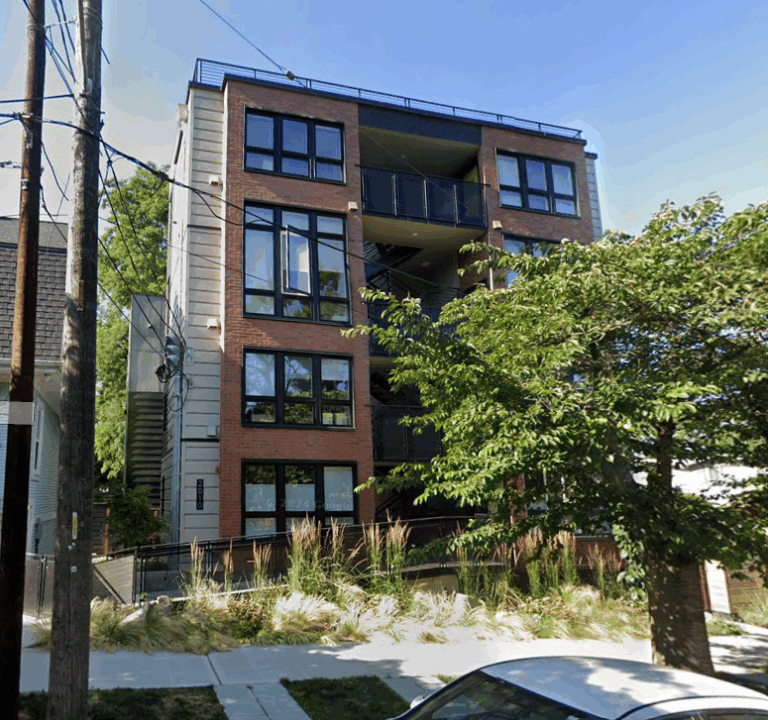Physical Address
304 North Cardinal St.
Dorchester Center, MA 02124
Physical Address
304 North Cardinal St.
Dorchester Center, MA 02124

Check out Dan Bertolet’s review of the productive legislative year in Washington, where lawmakers preempted local parking, design, and unfunded inclusionary zoning requirements, among other things.

Via Kevin Erdmann, several Democratic and Independent U.S. senators have introduced a viciously NIMBY bill: The “Humans over Private Equity for Homeownership Act” is [would require] firms that own more than 50 single-family rental…
If investors and hedge funds are a major cause of high housing costs, why do they seem to be most common in cheap cities?

Connor Tabarrok has an excellent new primer on Texas Municipal Utility Districts (MUDs), covering history, function, governance, and critiques.
With a divided and highly polarized state government, North Carolina hadn’t gotten much done on housing and land use policy in the past few years. That changed unexpectedly last fall, when S 382, a…
walkable suburbs have as many children as more typical suburbs
Montana passed a transformative land use reform package in 2023 – the “Montana Miracle”. This year, Montana’s legislature is again considering a lot of housing bills. The western United States overall has been the…

As a sense of urgency builds around North America’s housing affordability crisis, researchers have begun to look beyond zoning and permitting for ways to build more housing for less money. In the wake of a movement to bring more mass timber buildings to the US and Canada, some have turned their attention to the role of building codes. The first building code issue to receive sustained grassroots attention is the requirement, listed in the International Building Code (despite the name, a code mostly in use in the US), for buildings over three stories to have two exit staircases connected by a corridor. This requirement has long been in effect in most of the United States, with the exception of New York City, Seattle, and recently Honolulu and Knoxville (and a few other areas with modified versions of the requirement, as detailed in this Niskanen Center report.) Architect Sean Jursnick and developer Peter LiFari’s policy brief for Mercatus is a good general survey of the issue; for a discussion of local reforms that also interviews many of the key players, also read Patrick Sisson’s article in The Architect’s Newspaper. State legislators in Tennessee, Washington, Oregon, California, Connecticut, Virginia, and Minnesota have passed legislation directing their states’ building councils to consider – or simply approve – single-stair buildings up to six stories. Bills to similar effect were also introduced but not passed last year in New York and Pennsylvania; this year, bills are being considered in Colorado, Hawaii, Kentucky, Maryland, Massachusetts, Montana, New Jersey, and Texas. Los Angeles city councilmember Nithya Raman has also introduced a motion to update the building code there, and Austin is debating such a motion as well. Mechanisms of reform A policy brief for HUD’s Cityscape journal by Stephen Smith of the Center for Building in North […]

In response to David Albouy & Jason Faberman’s new NBER paper, Skills, Migration and Urban Amenities over the Life Cycle, Lyman Stone asks if this means that cities will always have lower fertility? I think the answer is probably yes, but that’s extrapolating beyond the paper at hand. What this paper shows is that there will always be some regions that are a better (worse) deal for parents relative to non-parents. The paper First, here’s Albouy & Faberman’s abstract, with emphasis added. TL;DR: there’s no point paying to live in Honolulu if you’re going to stay at home and watch Bluey every night. We examine sorting behavior across metropolitan areas by skill over individuals’ life cycles. We show that high-skill workers disproportionately sort into high-amenity areas, but do so relatively early in life. Workers of all skill levels tend to move towards lower-amenity areas during their thirties and forties. Consequently, individuals’ time use and expenditures on activities related to local amenities are U-shaped over the life cycle. This contrasts with well-documented life-cycle consumption profiles, which have an opposite inverted-U shape. We present evidence that the move towards lower-amenity (and lower-cost) metropolitan areas is driven by changes in the number of household children over the life cycle: individuals, particularly the college educated, tend to move towards lower-amenity areas after having their first child. We develop an equilibrium model of location choice, labor supply, and amenity consumption and introduce life-cycle changes in household compo! sition that affect leisure preferences, consumption choices, and required home production time. Key to the model is a complementarity between leisure time spent going out and local amenities, which we estimate to be large and significant. Ignoring this complementarity and the distinction between types of leisure misses the dampening effect child rearing has on urban agglomeration. Since the […]

Here are the results of my first use of OpenAI’s Deep Research tool. I asked for information that I know well – and in which inaccurate research has been published. It did a great…